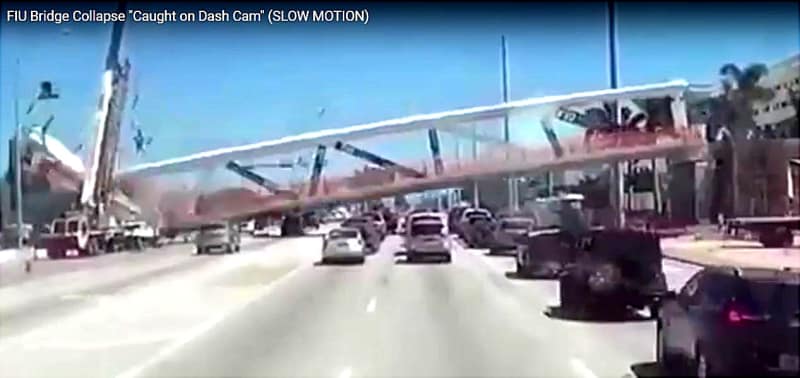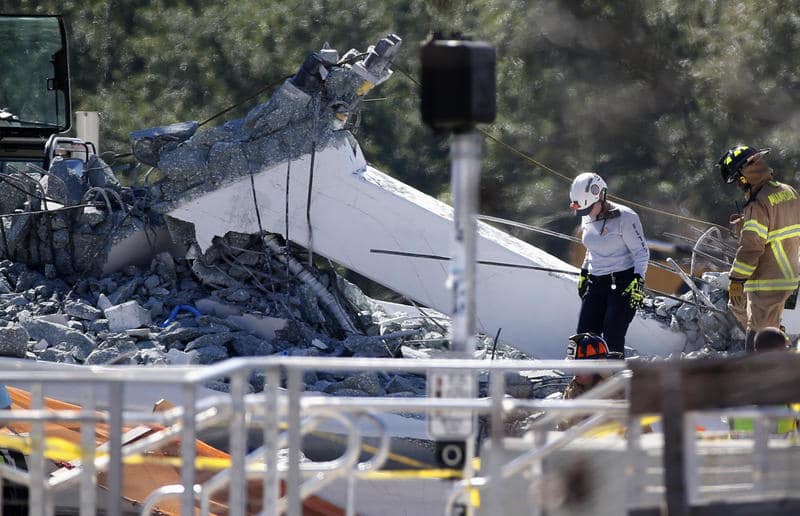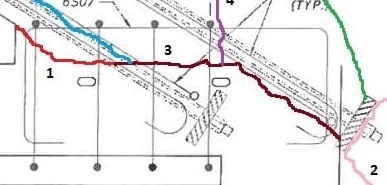quote jrs87 (Mechanical) said:
Denney Pate - Linda Figg - MCM designs for another project:
That is an interesting document. Linda Figg is claiming she is an Architect on page 2 but is not listed as being a registered architect in Florida. That is a crime in Florida.
In Florida, an "“Architect” or “registered architect” means a natural person who is licensed under this part to engage in the practice of architecture."
This is a good example of why it is important to be licensed.
481.223 Prohibitions; penalties; injunctive relief.—
(1) A person may not knowingly:
(a) Practice architecture unless the person is an architect or a registered architect; however, a licensed architect who has been licensed by the board and who chooses to relinquish or not to renew his or her license may use the title “Architect, Retired” but may not otherwise render any architectural services.
(c) Use the name or title “architect” or “registered architect,” or “interior designer” or “registered interior designer,” or words to that effect, when the person is not then the holder of a valid license issued pursuant to this part.
(2) Any person who violates any provision of subsection (1) commits a misdemeanor of the first degree, punishable as provided in s. 775.082 or s. 775.083.
(d) $1,000, when the conviction is of a misdemeanor of the first degree.
f) Any higher amount equal to double the pecuniary gain derived from the offense by the offender or double the pecuniary loss suffered by the victim.
(g) Any higher amount specifically authorized by statute.
(3)(a) Notwithstanding chapter 455 or any other law to the contrary, an affected person may maintain an action for injunctive relief to restrain or prevent a person from violating paragraph (1)(a), paragraph (1)(b), or paragraph (1)(c). The prevailing party is entitled to actual costs and attorney’s fees.
(b) For purposes of this subsection, the term “affected person” means a person directly affected by the actions of a person suspected of violating paragraph (1)(a), paragraph (1)(b), or paragraph (1)(c) and includes, but is not limited to, the department, any person who received services from the alleged violator, or any private association composed primarily of members of the profession the alleged violator is practicing or offering to practice or holding himself or herself out as qualified to practice.



